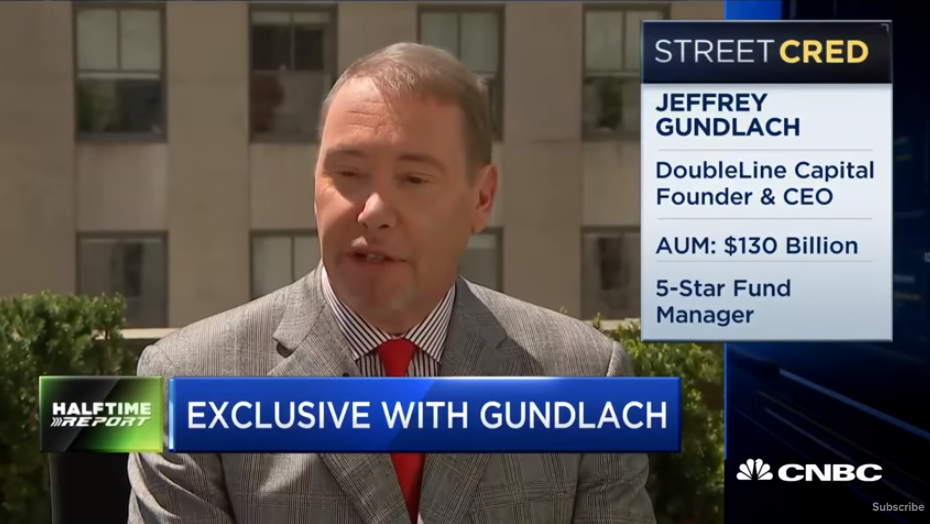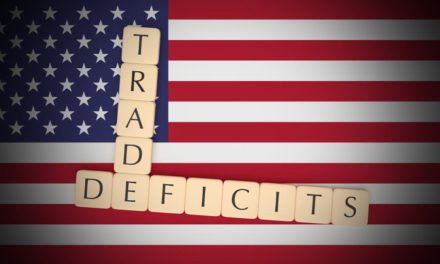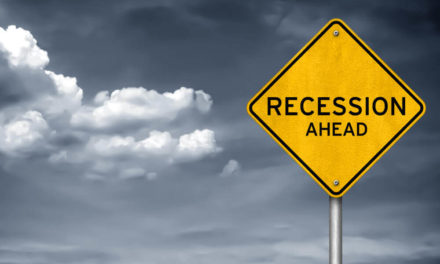Even for the smartest and most noted economists of all time, predicting exactly when the next recession will hit the U.S. economy is generally considered a fool’s errand.
Sure, they can make educated guesses and some have gotten lucky but it’s mostly just that — luck.
Money managers, economists and investors all have their own go-to indicators they think are the most reliable: consumer and business sentiment, manufacturing surveys, global growth and the yield curve, to name a few.
But none of them are 100% accurate.
And, according to billionaire investor, “Bond King” and DoubleLine Capital CEO Jeffrey Gundlach, a false sense of security often creates lapses in the economy’s recession outlook as a whole — and, all too often, by the time we realize a recession is coming, we’re already in it.
“It’s true that you get these inversions in the yield curve prior to recessions, most of the time, if not all of the time,” Gundlach said recently on “The Herman Show,” a podcast hosted by DoubleLine Deputy Chief Investment Officer Jeffrey Sherman. “But then what people don’t understand is it stays inverted for a while, and it starts steepening right before the economy goes deeper into a negative momentum situation.”
And this exact situation is currently happening right now.
Since March, the U.S. yield curve has been inverted but has recently started to steepen, but not in the good way. The current steepening is due to a big drop in short-term rates, which is bad.
“It’s like the bond market sniffs it out, and says ‘Ah ha! The Fed is going to be easing like crazy,’ and that’s going to obviously be in response to what we believe is going to be further economic downside momentum,” he said.
The Federal Reserve is in a no-win situation, Gundlach said, because if it cuts interest rates, Treasurys will drop faster. If the central bank doesn’t cut rates, the markets will be a blood bath.
“You get this strange situation where the yield curve model is not truly fixable,” he said. “Your attempt to fix it, each and every time, has coincided with a recession actually showing up.”




